Figure 1. Circuit Diagram of Proposed 800 VA, 12 V PWM based UPS
In this paper, the proposed design is made to use the home appliances even in the absence of Alternating Current (AC) main power supply. The main characteristics of the design is that it produces pure sine wave as output without any harmonic distortion in Uninterrupted Power Supply (UPS). The change over time is very small which will result in no reboot of the computer connected to the UPS equipment. In this work, the 800 VA, single phase UPS system has been designed and implemented successfully. It has been examined with various types of loads with low cost.
An Uninterrupted Power Supply (UPS) is a device, in which the Direct Current (DC) supply of the battery is converted into AC power supply and constant power supply is maintained at its output. An UPS system is an alternate or backup source of power. The UPS provides protection of load against line frequency variations, elimination of power line noise and voltage transients, voltage regulation, and uninterruptible power for critical loads during failures of general utility source. An UPS can be considered as a source of standby power or emergency power depending on the nature of critical loads. The amount of power that UPS must supply also depends on the user requirements. These uses can include emergency lighting for evacuation, emergency perimeter lighting for security, orderly shutdown of manufacturing or computer operations, continued operation of life support or critical medical equipment, safe operation of equipment during sags and swells, and a combination of the preceding needs. When AC mains is available, the UPS sends the AC mains supply to its output with regulated supply. UPS maintains output supply within limits even though input supply varies. For this purpose, an additional automatic voltage regulator circuit is provided in the UPS circuit. In case of Inverter, it sends the AC mains supply to its output socket without any correction.
The Inverter contains two sections i.e. charging section and inverter section, whereas UPS contains charging section, inverter section and AVR section. In UPS, when AC mains is available, the Automatic Voltage Regulator (AVR) section regulates the incoming AC supply and provides a regulated output at its output. In case of Inverter, regulation of output voltage is not possible; it provides output voltage same as input. Another difference is change over time. In an inverter, the change over time is more, which results in rebooting of the computer. For the computer, the change over time required is minimum and UPS output can provide this without any interruption.
In an UPS, generally in a low battery or overload condition, the UPS should not shut-down immediately and it can provide Buzzer or Light Emitting Diode (LED) indication to the user to save the utilities. In case of inverter, generally in a low battery or overload condition, the Inverter shuts down without any indication or warning.
The Literature review carried out from the past ten years are as follows: Sontakke and Choudhary (2017) implemented the design of control law to calculate Pulse Width Modulation (PWM) to generate the desired output voltage. This design was carried out with state space variable using digital control technique. Digital controller is the designed pole placement technique to achieve desired transient response. Also the design of hardware required for single phase PWM inverter was described.
Ouariachi et al. (2017) introduced the control circuit of a single-phase inverter following the previous studies on the Maximum Power Point Tracking (MPPT) control and photovoltaic systems. This inverter produces a pure sine wave with an output voltage that has the same amplitude and frequency as network voltage. A microcontroller based on advanced technology generates a sinusoid with fewer harmonics, less cost, and a simpler design.
Dwivedy et al. (2017) explained 8051 micro-controller based design and hardware implementation of a singlephase inverter using Metal-Oxide Semiconductor Field Effect Transistors (MOSFET) as switch and analyzed its output responses. The inverter comprises of two parts such as the control (driver) circuit and the power circuit.
According to the requirement of the power factor and the dynamic performance of the asynchronous machine tool field, an asynchronous motor inverter with active power factor correction was proposed by Zhang et al. (2017). The proposed inverter was a 3 kW asynchronous motor drive control platform. At first, the proposed single phase converter with Automatic Power Factor Controllers (APFC) was realized by using the MATLAB (Zhang et al., 2017).
Liu et al. (2017a) discussed the neutral point clamped topology, and fix-frequency PWM control was used in the proposed inverter to implement a single-phase DC-AC inverter. Also, an auxiliary inductor and two auxiliary switches were adopted to achieve zero-voltage switching, which can improve the inverter efficiency.
Kar et al. (2017a) explained the design, fabrication and testing of a gate driver circuit for driving Silicon Carbide (SiC) power MOSFETs at switching frequencies up to 1.0 MHz. SiC MOSFETs can be used in very High Frequency (HF) and high voltage Switched-Mode Power Supplies (SMPS), Uninterrupted Power Supplies (UPS), induction heating, welding power supplies etc. for better performance and efficiency than their silicon counterparts. A gate driver card was fabricated and tested by switching a SiC MOSFET, feeding a 50W load at 1.0 MHz switching frequency. Short circuit protection was implemented through device voltage sensing.
The weight of the LCL filter is a major contributor of the total weight of a high power converter, especially the inverterside inductor (Liu et al., 2017b). The design of the inverterside inductor requires multi-domain optimization in electromagnetic design, weight reduction, and thermal management with the objective of meeting power quality standards.
The solar power plant is one of the renewable energy that was already implemented around the world. Istardi et al., (2017) explained, the important component in the renewable power plant is inverter device that converts the Direct Current to Alternating Current. The problems in the inverter are power quality, harmonics, and grid system. They introduced design of single phase inverter with totem pole circuit (Liang et al., 2016 ).
Elkamouny et al. (2016) explained the simulation, design, and test of a single phase and thermoelectric cooling micro inverter using a De/De interleaved isolated boost. It focused on the optimization of (Del De and De/AC) converters’ performances, its physical dimensions, and presented an efficient method to track the maximum power point and the load regulation.
Wang et al. (2013) proposed a novel approach based on matrix perturbation theor y for the coordinated optimization of the droop co-efficient in inverter controllers. Rigorous perturbation analysis was applied to the droop co-efficient to identify their influence on the system state matrix. Further, the increments of the eigen solutions were obtained based on the matrix perturbation theory and then utilized in the iterative parameteroptimization process.
The problems with the AC mains supply are noise, change in the AC supply wave form, change in frequency, surge and sags in the supply, electromagnetic and radio frequency, harmonic distortion, line interruption, and no uninterrupted power supply.
When the AC main is available, an AVR section of the UPS regulates any uninterrupted power supply (UPS) down in the AC mains supply input and sends a regulated clean AC output to its output socket. When the input AC supply goes below or above 220 V, the AVR section connects input AC mains supply to different tapping of the UPS transformer. This transformer works as an autotransformer and keeps the output constant between 220-240 V. UPS transformer also outputs a charging AC voltage on its charger winding. From changer winding, charging voltage is given to the battery charging section. Charger section converts this AC charging voltage into DC supply, and uses this DC supply to charge the battery (Srinivas and Narasimha, 2018).
The main components of the proposed UPS are as follows.
Normally UPS consists of the following sections.
The Circuit diagram of proposed 800VA, 12V PWM based UPS is shown in Figure 1.
In UPS, automation section is subdivided into five sections. They are: a). No load shut down section b) Over load shut down section c) Low battery shut down section d). Low AC mains cut section e). High AC mains cut down section. Inverter section consists of oscillator section, electronic switch section, driver section and output section. The inverter section is shown in Figure 2.
Proposed PWM section diagram is shown in Figure 3 and the MOSFET protection circuit is shown in Figure 4.
The unregulated and regulated supply sections are shown in Figure 5, and the battery charging circuit is shown in Figure 6.
The circuit diagram of Automatic Voltage Regulator (AVR) section is shown in Figure 7. AVR works as voltage stabilizer. When AC mains voltage is low, AVR increases and maintains output voltage constant. When AC mains voltage fluctuates, it maintains output voltage constant.
In this case relay 3 will be OFF, two and three will be ON. Incoming phase supply is connected to one number tap. Input terminals are 5 and 1. Output terminals are 2 and 5. Primary turns are more and secondary terminals are less. The transformer steps down the output voltage. Relay 3 is used to cut the incoming voltage incase of very high, very low, and during change over etc. The output voltage control winding is shown in Figure 8.
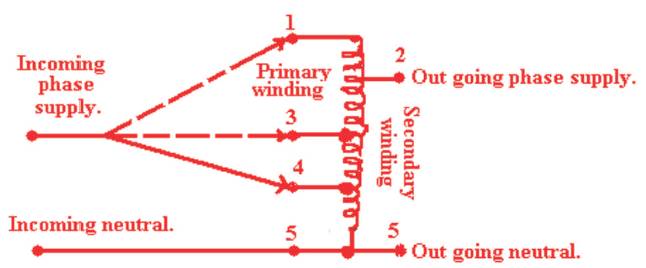
Figure 8. Output Voltage Control Winding
In the proposed block diagram of hardware design, the major components used for designing of UPS are shown in Figure 9. The top view of the proposed hardware design is shown in Figure 10 (a) and (b).
The side view of the proposed hardware design is shown in Figure 11.

Figure 10 (a,b). Top View of the Hardware Design
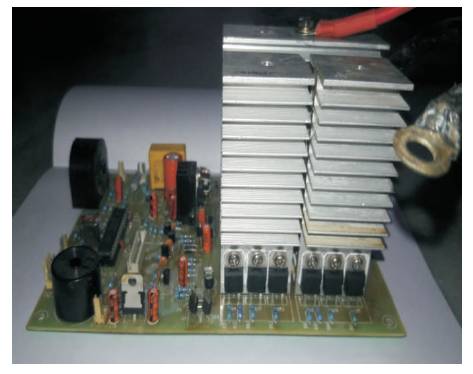
Figure 11. Side View of the Hardware Design
Calibration is checking the accuracy of a measuring instrument by comparing it to reference standards. It is the setting (or) correcting of a measuring device usually by adjusting it to match (or) confirm to a dependably known and unvarying measure, the indications are shown in the LED display. The battery low indication glows when the battery voltage drops to 10.5 V. The too low indication glows when the battery voltage drops to 7 V. The battery is said to be in automotive state when the voltage is 13.9 V. The battery is in full tublur state when the voltage is 14.5 V. The inverter output voltage is set as 220 V. The maximum load that the UPS can withstand is 800 W. At 0.8 power factor, the load is 640 W. The charging current is 8 A.
When there is mains supply, the mains on indication glows, the charger on indication glows if battery is not charged initially, the inverter on indication glows if it is in ON state. When mains supply is not present, the inverter on indication glows.
The testing of the proposed UPS has been examined by connecting with R-load, bulb (60 W), fan (80 W) and the testing results summary is presented in Table 1.
The testing of the proposed UPS performed with L load (fan) and the testing results’ summary is also shown in Table 1 and the corresponding pictures are shown in Figure 12. The testing of the proposed UPS with R, L load (bulb and fan) and it’s testing results’ summary is also shown in Table 1.
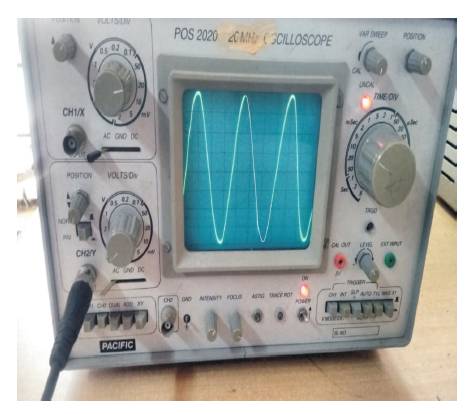
Figure 12. Testing of Proposed UPS Connected to Bulb and Fan
The designed UPS consists of all the indications which includes Mains On, Charger On, Inverter On, Overload, and Low Battery indications as shown in Figure 13. When the mains supply is ON, the Mains ON indication and the Charger ON indication glows, the battery gets charged. When the mains supply is ON, either the inverter is in ON state or OFF state, the UPS output voltage is maintained constant. When the mains is OFF, the AC in voltage is 0 V, automatically the charger gets off and the inverter supplies the required AC output by converting the DC voltage of battery into AC.
The designed UPS output has been tested with oscilloscope (Figure 14) and the output obtained from the inverter is a pure sine waveform.
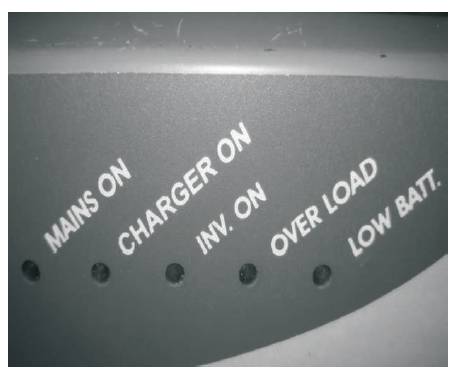
Figure 13. UPS Display System
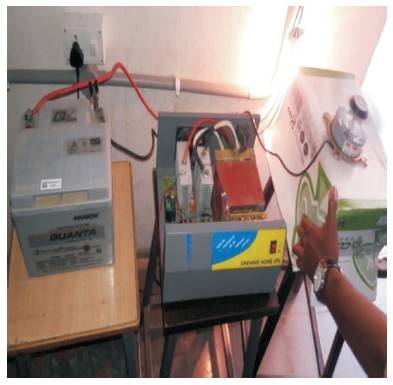
Figure 14 Testing the Inverter Output with Oscilloscope
The pattern UPS output waveform is a pure sine wave without any harmonic distortion. It has good line and load regulation. The frequency of the AC supply of the proposed UPS is constant i.e. 50 Hz. It has Buzzer and LED indicators for no-load, overload, low battery, over charging etc. All the indications such as No Load, Overload, Charger On, Mains On, Inverter On have been tested, and verified successfully. It has been designed for minimum change over time. It has a spike separation section to protect the circuit from AC mains spikes. It provides maximum backup time. It can be used not only in household purposes and also used in emergency conditions. It has been tested successfully connecting with various types of loads and observed that, it is reliable,possess high efficiency, low cost, and requires no maintenance. The designed UPS output has been tested with oscilloscope and it is observed that the output voltage obtained at the socket is a pure sinusoidal wave without any harmonic distortion.
In future, there is a possibility to extend the hardware design to develop a three phase UPS by considering different factors as power requirement, cost of equipment, backup time, and reliability.